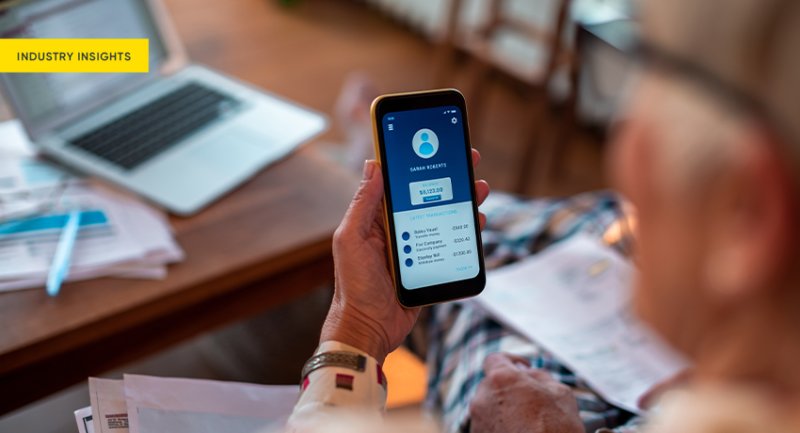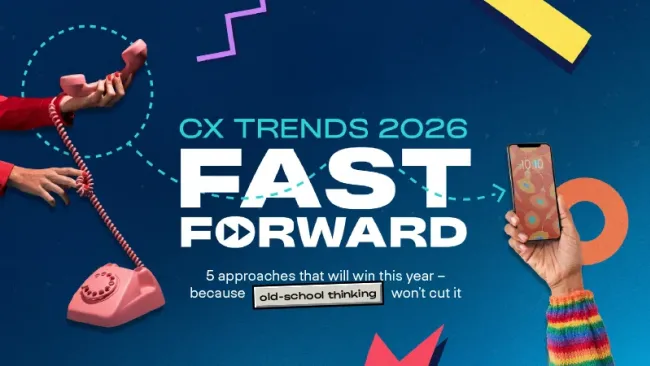Nearly one year ago, President Biden delivered his administration’s operational goals through the President’s Management Agenda (PMA). The PMA “lays out a long-term vision for modernizing the Federal Government in key areas that will improve the ability of all agencies to deliver mission outcomes, provide excellent service, and effectively steward taxpayer dollars on behalf of the American people,” according to the PMA website.
In a nutshell, it is a roadmap for the U.S. government to deliver results for all Americans. For the Biden administration, the PMA is “grounded in a vision of an equitable, effective, and accountable Government that delivers results for all Americans, and informed by our shared values—will support progress and opportunities beyond the reach of any one Federal agency,” the website states.
Critical to President Biden’s PMA is a focus on improving the customer experiences that constituents have with federal agencies. The second of the PMA’s four pillars is entitled “Delivering Excellent, Equitable, and Secure Federal Services and Customer Experience.” The objective sounds simple enough –deliver a simple, seamless, and secure customer experience that matches or beats leading consumer experiences. It will measure success by tracking improvements in Forrester’s Customer Experience Index, customer trust scores, and standardizing service across agency contact centers.
But as those in the private sector know well, having a vision to deliver great experiences is one thing. Executing on the vision is another.
One way to tackle CX roadblocks is to look at the entire customer experience from the outside in and eliminate silos that cause customer frustration. To that end, a critical piece of the PMA strategy is to identify and orchestrate specific customer journeys across agencies to create a more seamless, holistic experience.
First up, the administration has multiple identified critical cross-agency customer journeys to align services around based on their significant impact on Americans and the opportunities to improve customer frustration at highly emotional moments. They include:
Approaching retirement – Currently, the administration admits that navigating retirement claims through Social Security and enrolling in Medicare are “time consuming, confusing, complex, and often require back-and-forth across agencies.” According to the website, the journey map will identify pain points in the retirement journey from different perspectives, including differences in experiences depending on income/education level, access to guidance/support, online experiences, phone experiences, and in-person experiences.
Recovering from a disaster – In their most vulnerable moments, disaster survivors expect the government to step up with seamless support. Coordination across the Department of Homeland Security, Department of Interior, FEMA, and other key agencies will define, orchestrate, and manage the recovery journey for residents and small businesses, identifying opportunities to aggregate information on recovery resources and get them to those that need them fast.
Navigating the transition to civilian life following military service – The government reports that each year approximately 200,000 service members leave the military and reorient their civilian lives with regards to education, employment, health, finance, housing, and social relationships. Multiple agencies will coordinate to make this transition more seamless.
We applaud the federal government for taking steps to be more customer oriented and for its assertion that improvements to the customer experience not only improve customer satisfaction, but also enhance efficiency, effectiveness, and reduce costs to the benefit of all taxpayers. We also believe that by identifying customer journey’s that cross various federal agencies is getting to the root of the challenges. A cross-agency approach is required to achieve a better constituent experience.
The federal government is very early in its customer transformation as part of the PMA. This year and next are about goal setting and planning. As agencies continue their transformation initiatives, here are some proven customer experience tactics that transcend commercial entities and public sector agencies. These simple and cost-effective tactics can have immediate and significant impact toward helping agencies meet PMA objectives, mandates, and improve the constituent experience.
1. Enable a virtual workforce for nimble support
Contact center employees no longer need to be physically located in brick-and-mortar contact centers to answer citizen calls securely. They can be recruited, quickly trained, and equipped to work from home with state-of-the-art technology. These remote-based associates add flexibility to handle fluctuating call volumes and be prepared for the unexpected.
2. Diversify agency contact channels for faster responses
In the private sector, customers find support via multiple channels: voice, in-app chat, SMS, web-based chat, and social media. Meeting customers and citizens in the channels they already use encourages positive interaction and improves the customer journey on its own merit. This omnichannel strategy enables customer support associates to quadruple the number of customers that associates manage concurrently.
3. Automate to improve experiences, maximize resources, and reduce costs
Many interactions can be automated using artificial intelligence (AI) to save time, reduce costs, and improve results. A great example is a solution like TTEC’s RealPlay AI proprietary learning program that uses AI bots for digital, simulated learning to improve associate time-to-proficiency and automated quality assurance. Other automated solutions that increase efficiency and reduce costs include click-to-dial, routing calls to the right associate or department, and deflecting inbound calls to messaging. Associates using messaging can handle four times as many interactions as a one-on-one phone call.
4. Minimize customer frustration with proactive outreach
As the saying goes, “an ounce of prevention worth a pound of cure.” This approach should be a part of ANY agency’s plan to handle the above life events and other interactions with proactive measures, not reactive rush.
Modern BPO service providers and CX experts can and should do more than react. As the front door to your agency, they can be used to connect to citizens to reduce confusion, which also reduces call volumes. SMS messaging, in particular, delivers secure scalability at a low cost, especially when combined with chatbots, who nudge citizens to comply with specific guidance. With tailored outreach, government agencies can proactively communicate eligibility requirements for Medicare, direct disaster survivors to appropriate resources, and deliver information on where to receive critical services.
A little CX improvement goes a long way
For example, faced with unprecedented demand for unemployment assistance, a state labor agency added automated text messaging options for citizens seeking unemployment assistance. Callers were given an IVR prompt option to connect to a live at-home messaging associate. For website visitors, an automated chatbot connected users to a live at-home messaging associate to answer their questions.
Within just two weeks, the agency saw a 25% increase in the use of messaging and closed 3.5x more contacts in the same amount of time compared to the voice channel.
From PMA vision to reality
Simple steps like the above example, scaled across the federal government, show promise to make real improvements to the experiences people have with the public sector. We will continue to monitor and support the administration’s progress as it embarks on transforming the reputation, operation, and daily activity of government work.
















